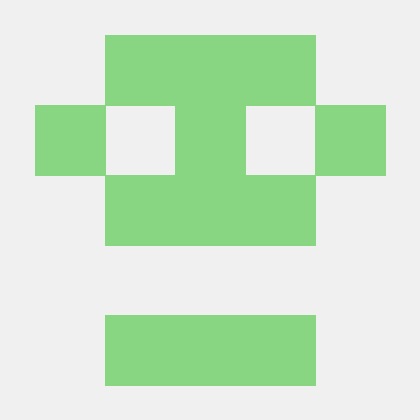Discover and explore top open-source AI tools and projects—updated daily.
ACE_plus by  ali-vilab
ali-vilab
Image creation/editing via instruction-based content filling (research paper)
Top 30.3% on SourcePulse
ACE++ unifies reference image generation, local editing, and controllable generation into a single framework, enabling one model to adapt to a wider range of tasks. It targets users needing versatile image manipulation capabilities, offering improved control and consistency over generated or edited images.
How It Works
ACE++ is a post-training model built upon the FLUX.1-Fill-dev foundation. It introduces specialized LoRA models for portrait consistency, subject consistency, and local editing (redrawing masked areas while preserving structure). An additional FFT model offers broader image-to-image task support, though with a performance trade-off compared to LoRA models. The FFT model uniquely incorporates 64 additional channels to represent latent pixel space from edited images, modifying the base model's input channels from 384 to 448.
Quick Start & Requirements
- Install:
git clone https://github.com/ali-vilab/ACE_plus.gitandpip install -r repo_requirements.txt. - Base Model: Requires FLUX.1-Fill-dev, downloadable from HuggingFace.
- Environment Variables: Set
FLUX_FILL_PATHand paths for specific ACE++ models (portrait, subject, local editing, or FFT). - Dependencies: Python,
scepter(for some FFT tasks), and potentially community nodes for depth/contour extraction. - Demo:
python demo_lora.pyorpython demo_fft.pyafter setting environment variables. - ComfyUI: Workflows are provided in
workflow/ComfyUI-ACE_Plus/. - Docs: HuggingFace Demo
Highlighted Details
- Offers three specialized LoRA models (Portrait, Subject, LocalEditing) and a general-purpose FFT model.
- Supports various tasks including character ID consistency, subject consistency, face swapping, and regional editing.
- Provides ComfyUI workflows and tutorials for community integration.
- Training code is available for custom data fine-tuning, with LoRA training requiring ~38-40GB GPU memory.
Maintenance & Community
The project is from Tongyi Lab, Alibaba Group. Recent updates include code and model releases, a HuggingFace demo, training code, ComfyUI workflows, and an FFT model. The team acknowledges community feedback on artifacts and stability, with future focus shifting to post-training on the Wan series of foundational models due to challenges with FLUX.
Licensing & Compatibility
ACE++ is a post-training model based on FLUX.1-dev. Users must adhere to the FLUX.1-dev open-source license. Test materials are for academic research and communication.
Limitations & Caveats
Instruction following for tasks like object deletion or addition can be flawed, with repainting recommended for such edits. Generated results, particularly hands, may exhibit artifacts and distortions. The FFT model's performance may be lower than LoRA models for specific tasks.
6 months ago
Inactive

 VectorSpaceLab
VectorSpaceLab bytedance
bytedance cientgu
cientgu Saquib764
Saquib764 FlyMyAI
FlyMyAI HiDream-ai
HiDream-ai JiuhaiChen
JiuhaiChen stepfun-ai
stepfun-ai apple
apple aigc-apps
aigc-apps